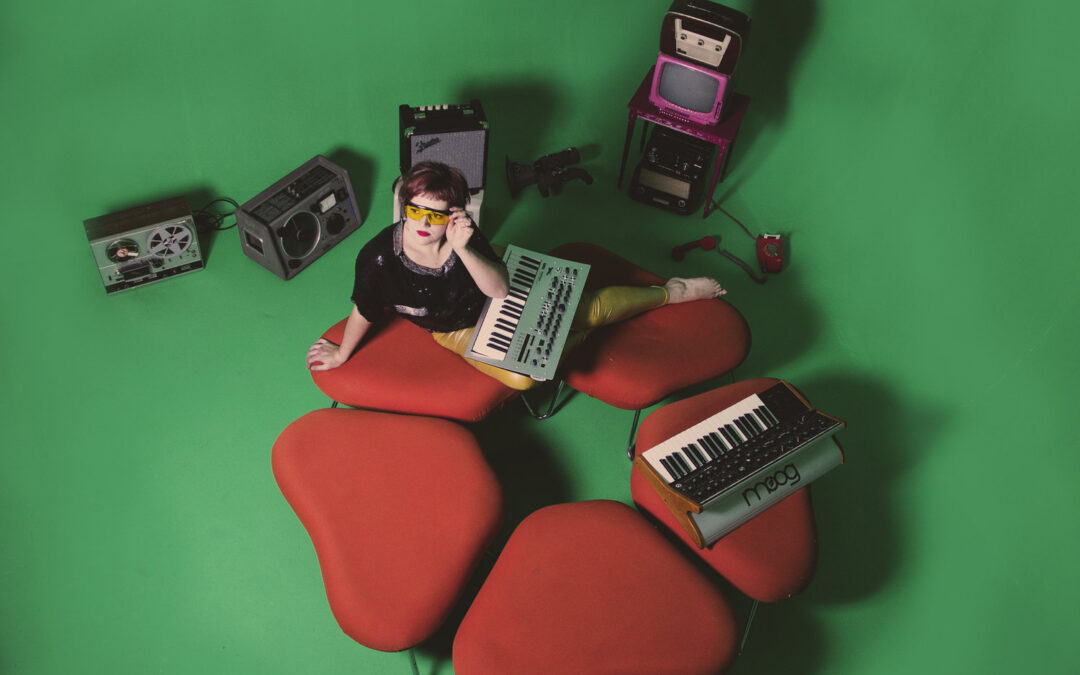by Baird Media
The score for any film must hit the right notes. A task much easier said than done. A film score is not to be confused with a soundtrack – usually a miscellany of existing songs. Nor is it the overall sound design. It’s only when one thinks about film – any film – sans that “background music” that one realises a score’s critical role. Scores, says Mart-Marie Snyman, who composed most of the score for Ruby & Roach, enhance a film’s atmosphere and emotions.
Led by intuition
Snyman’s approach to composing, and of a score, is largely intuitive: as she watches a film, she plays her piano and records her improvisations. This is how she went about composing when presented with the almost complete, and still entirely silent, animated film, Ruby & Roach. She recorded snippets of music and sent these on to the directors and other team members. They then used an iterative process in a journey to the meeting of minds and expectations. This includes, she says, teasing out the backstories to both the movie and its central characters.

Both Snyman and collaborator, Siobhan Lloyd-Jones, point out that in silent films and particularly animated films, there is the added dimension to score composition. Music is essential to building and developing characters. As they have done for Ruby and her friend, Roach, through subtly repeating melodies, as well as syncing music with characters’ movements which in the case of stop animation, can be very limited.
As a relative newcomer to the industry, Snyman is keenly aware of having to be versatile and not letting her own style and distinct sound dominate. Her own work, and as a big fan of synthesisers, she strongly influenced the work of Iceland’s Ólafur Arnalds, which leads her to mention the critically acclaimed Blade Runner score as one of her favourites.
For commissions, however, Snyman largely eschews synths and only works with acoustic instruments – as she did with Ruby & Roach.
Versatile dream
Snyman’s score compositions and awareness of the need for versatility also underpinned her conscious decision to deviate from the norm in her music education. Her studies are a mosaic of classical, jazz – and improvisation – as well as contemporary music. Consequently, she is fluent in all three genres which more than adequately equips her to pursue her dream: composing film scores. Without hesitation, Snyman names the Harry Potter film scores as her best.
Returning to the Ruby & Roach score, she explains that she worked with what she had: the piano and, with collaborator, Lloyd-Jones, the violin.
Collaboration and performance
Snyman’s choice of collaborator in violinist, Lloyd-Jones, was founded in more than friendship. Common to the pair is proficiency in both jazz and classical, as well as an enjoyment of composing and performance. This last was particularly important for Ruby & Roach. Once the score had been settled, so to speak, it had to be recorded. This was done live and with no edits, so the collaborators performed take after take, and until the music was perfect.

After a few weeks of hard work, improvisation and changes in instrumentation, Snyman and Lloyd-Jones did hit all right notes, successfully creating an award-winning score.
Post Script:
Ruby & Roach continues to rake in awards. Most recently, for best original score at the New York Indie Shorts awards as well as Best Animation at the Cannes Indies Cinema Awards.
